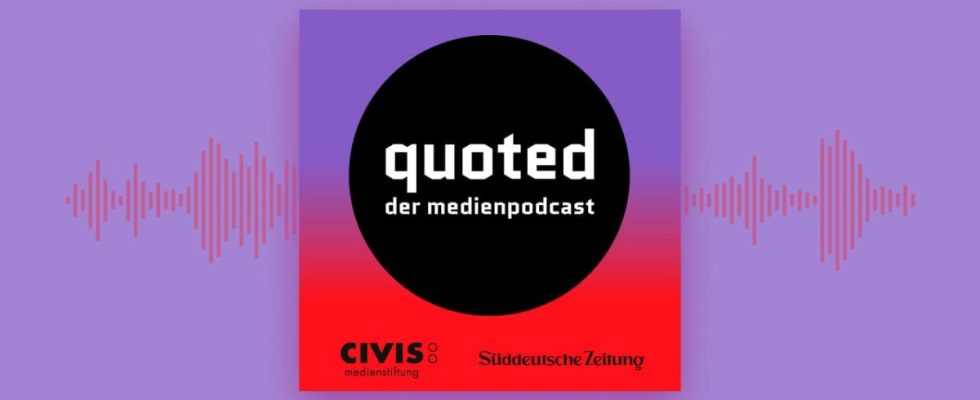More than a million people have demonstrated against right-wing extremism in numerous places in recent weeks. The AfD’s reactions to the protests are varied: they downplay the significance of the Potsdam secret meeting and the deportation fantasies discussed there, and talk about a state campaign. AfD politicians like Björn Höcke assume that the demonstrators have been bought and dismiss demo photos as AI-generated. What some interpret as a panic reaction from the party that can hardly be taken seriously, others see as fitting into the AfD’s larger media strategy: creating a counterpublic for its supporters in which the truth no longer plays any role. And: This strategy seems to be particularly successful on social media. The AfD is by far the most successful German party on the Tiktok platform. The medium seems to fit perfectly with the shortened, emotional content. So how close has the AfD come to achieving an alternative media reality? What do we know today about the communication strategies of right-wing extremists? And how can reputable media expose them?
Communication scientist Nadia Zaboura and SZ journalist Nils Minkmar talk about this with political consultant Johannes Hillje, who has been studying the media tactics of right-wing extremist groups for years. In “quoted. the media podcast” – a format from CIVIS Medienstiftung and South German newspaperfunded by the Mercator Foundation.
Left
Interview with “Welt am Sonntag” editor Stefan Aust in “Welt”.
Comment by Christian Bange “Where is the ‘We understand’?” in “Zeit” (paywall).

